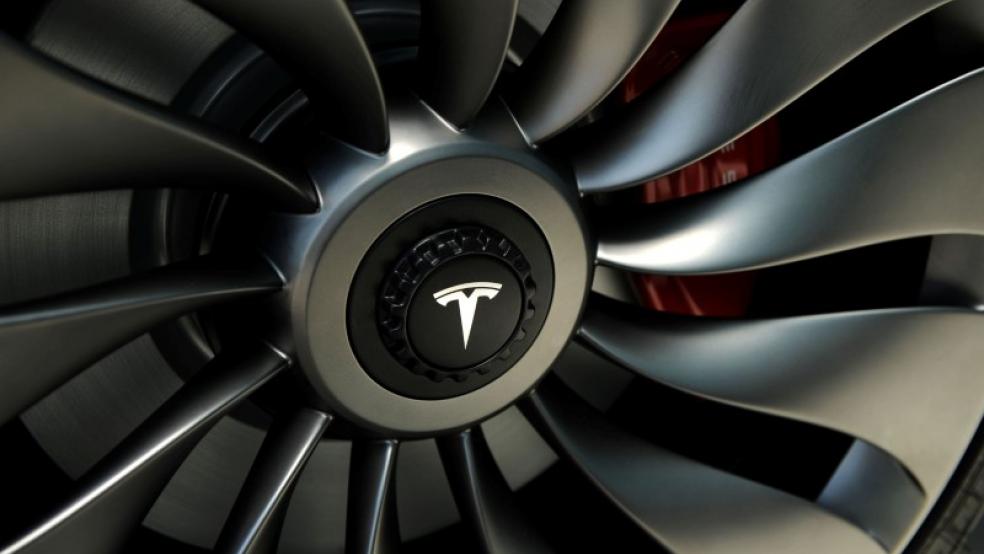Google has spun off its self-driving car project X into a separate company called Waymo. That’s not a contraction of “Way more”, although it certainly sounds like it. The name of the company is actually an acronym of “A new way forward in mobility,” which, according to Waymo’s CEO John Krafcik is the mission of the brand new company.
Since Google’s self-driving car is an electric one, this development could have, though perhaps a long way off at this point, implications for gas demand, after earlier this year, Wood Mackenzie said that Tesla’s first affordable car, the Model S, could shave off 300,000 bpd in gas demand in the U.S.
Related: The End of Car Crashes? The Futuristic Technology That Could Save Your Life
For the time being, however, it’s much too early to make any inferences about gas and oil demand for two reasons. First, Waymo is not restricting itself exclusively to electric cars. Second, electric cars have a long way to go before becoming part of the everyday landscape, and this way is even longer for self-driving vehicles.
On the first point, Waymo is not just working on its own vehicles. In fact, it’s not even focusing so much on vehicles. As Krafcik said, quoted by TechCrunch, “We are a self driving technology company. We’ve been really clear that we’re not a car company although there’s been some confusion on that point. We’re not in the business of making better cars. We’re in the business of making better drivers.”
In demonstration of this fact, Waymo is working on sensor load outs for Chrysler, which will be installed in a fleet of 100 Pacificas and tested in self-driving mode soon. The plan is to use this technology for ride-sharing services by the end of next year.
On the second point, there is still not enough evidence of all the stated and hoped-for benefits of autonomous cars. True, last month, an Uber 18-wheeler made a 120-mile journey through Colorado with a robot at the wheel and a human driver in the back. However, the driver had to first steer the truck to a weighing station before the robot took over, and then, when the truck entered Colorado Springs, the human once again took the wheel.
Related: Back to the Future: New DeLoreans Are on the Way
There is still a lot to do before self-driving cars become truly self-driving, despite Waymo’s own successful test with its self-driving car, which took a legally blind person around Austin, Texas, without a sighted person in the vehicle.
In addition to those hurdles, a new way of thinking needs to take place before self-driving cars become a common sight on the streets. And widespread changes in thinking take time.
So after working on its autonomous driving program for nine years, Google has made clear its belief in this technology by setting up project X as a separate company. How reasonable this belief is remains to be seen, and is for the time being, uncertain. As the AP notes, companies are expected to make profits, rather than devote their time to research only, although it is unlikely that Google’s and Waymo’s parent, Alphabet, has completely abandoned the notion of seeking profits.
In any case, it’s safe to say that the oil industry shouldn’t worry just yet about the ill-effects it may realize from either electric vehicles or self-driving ones. Both are a long way away from becoming a regular sight on roads and even when they do become a regular sight, chances are that a lot of the self-driving vehicles will be fueled by oil or gas.
This article originally appeared on OilPrice.com. Read more from OilPrice.com:
Why Wind Power Will Outperform Solar In 2017
The U.S. Oil Rig Count Continues Its Rapid Climb




